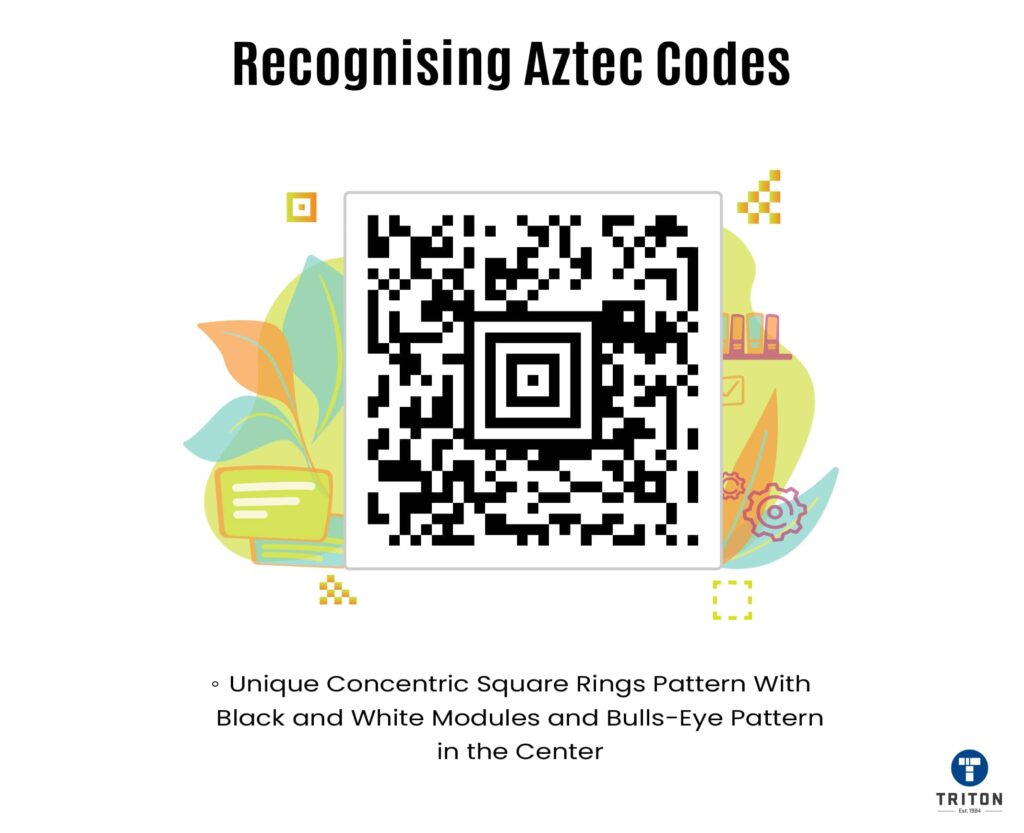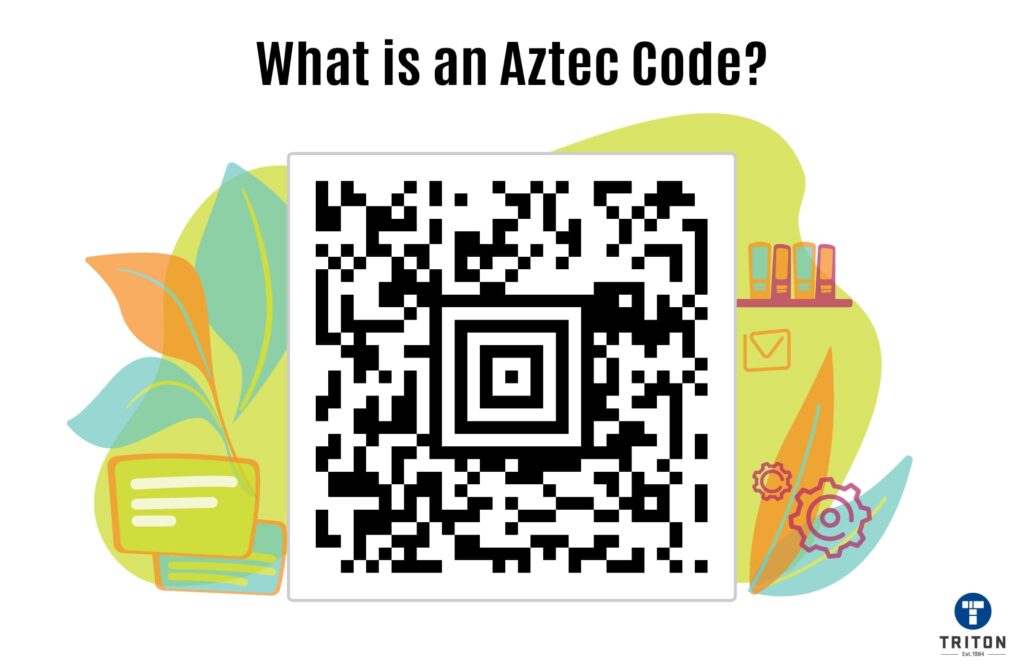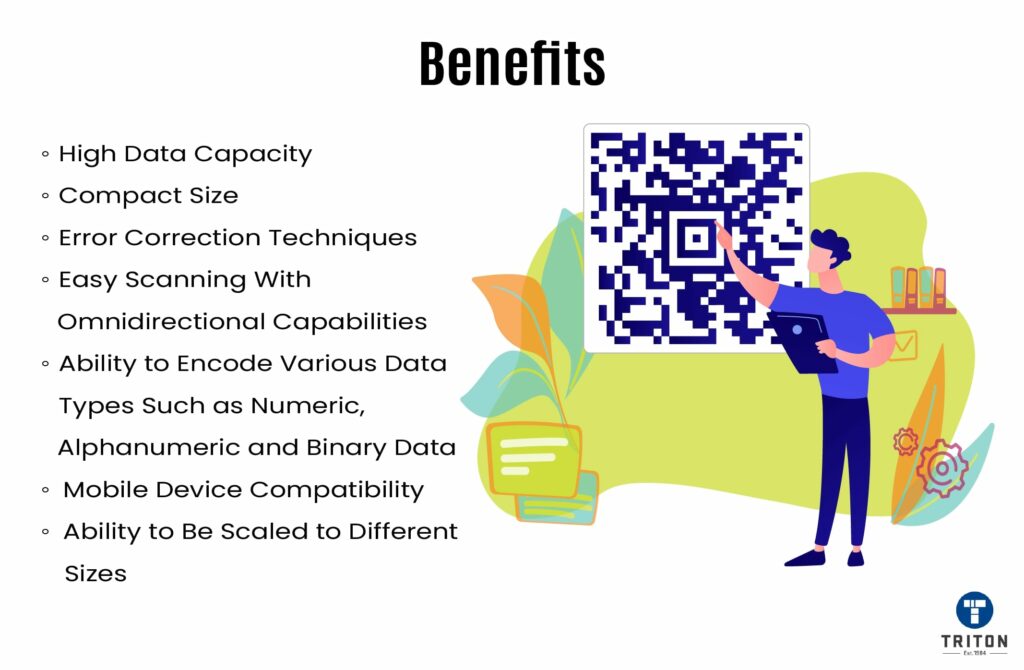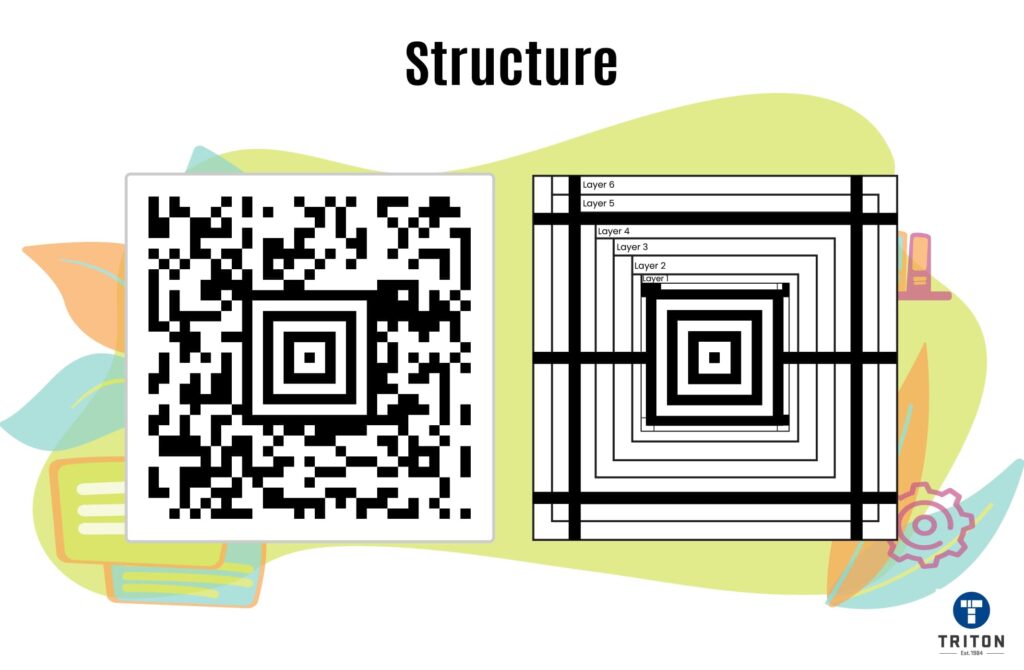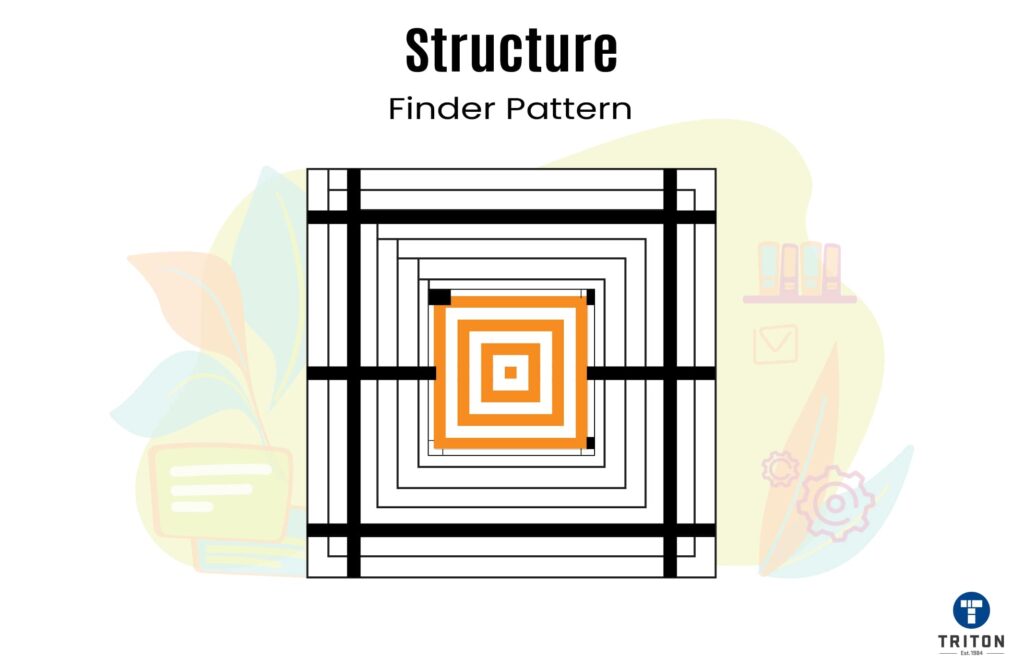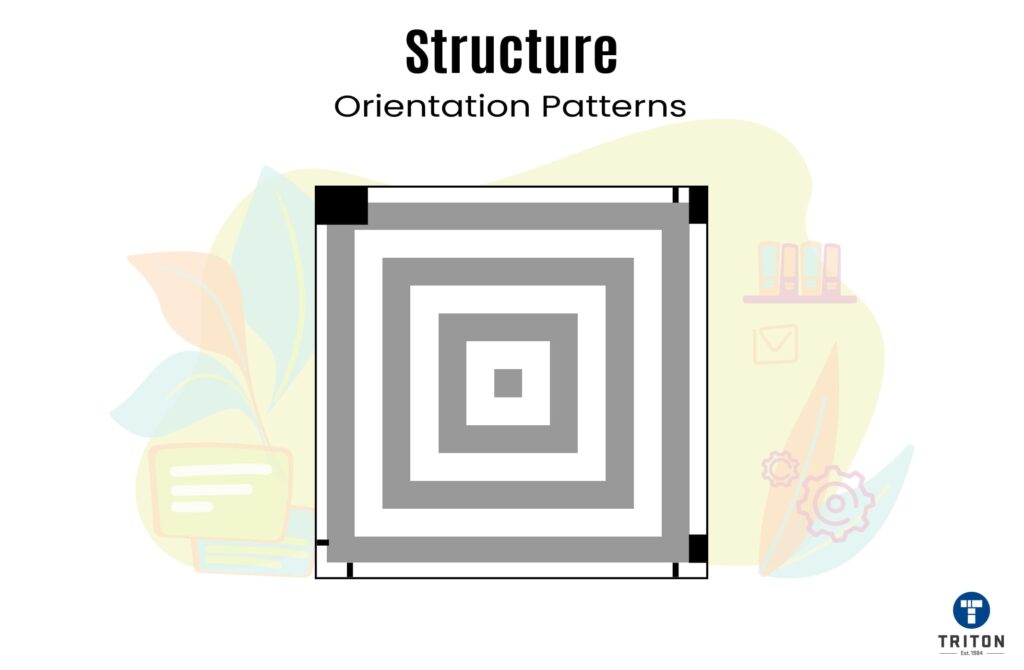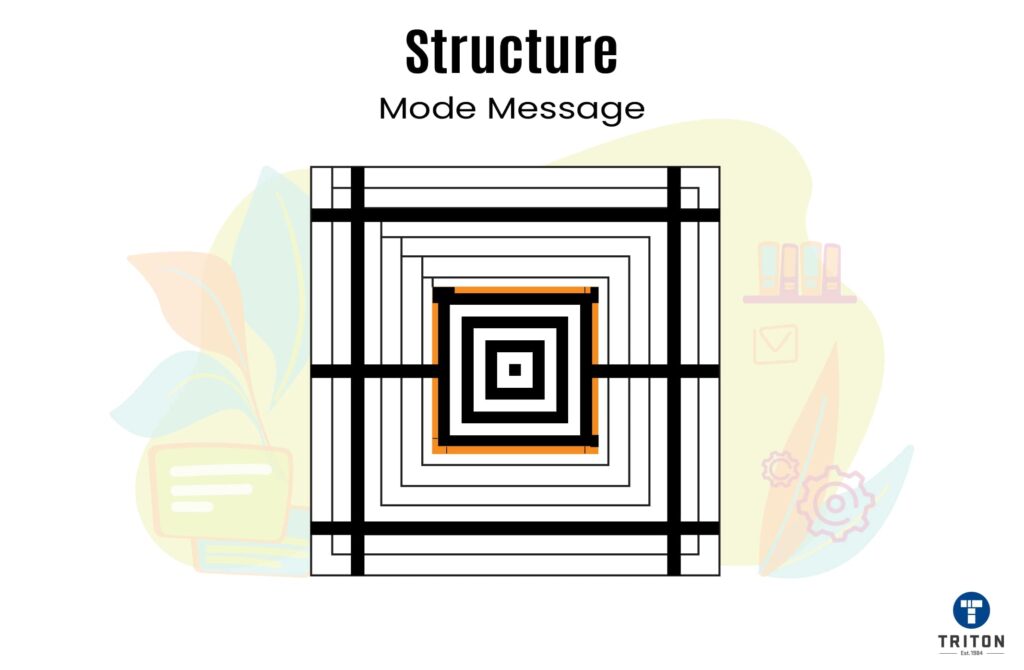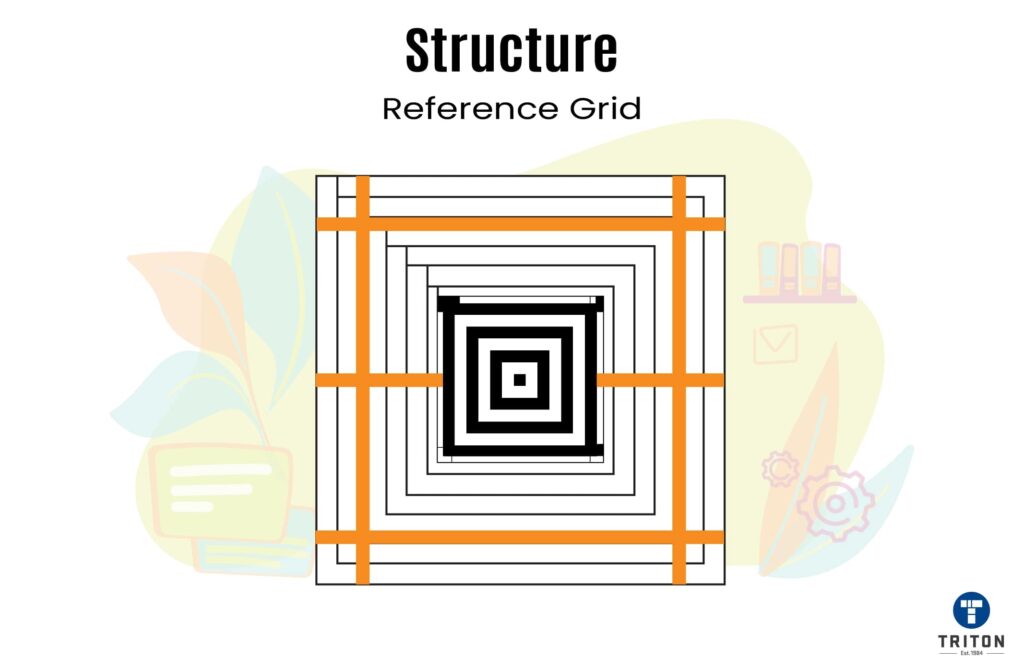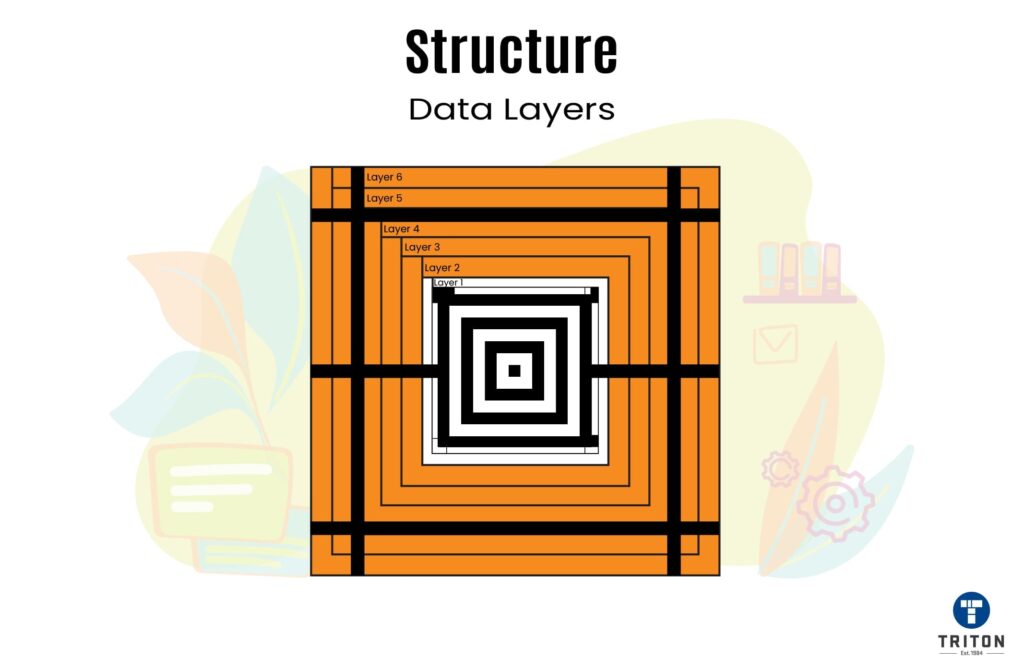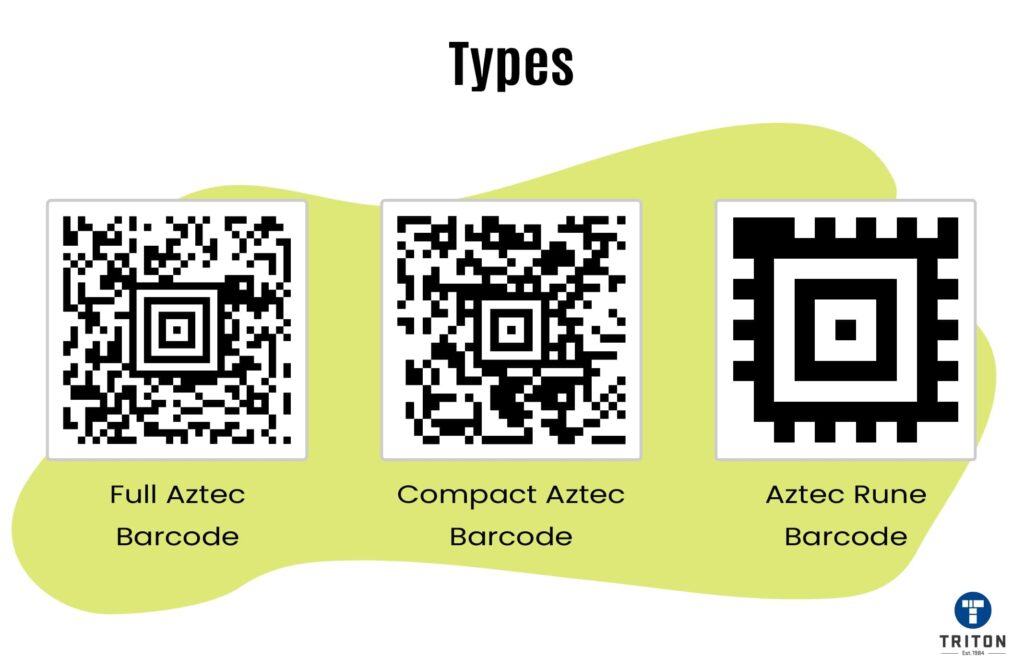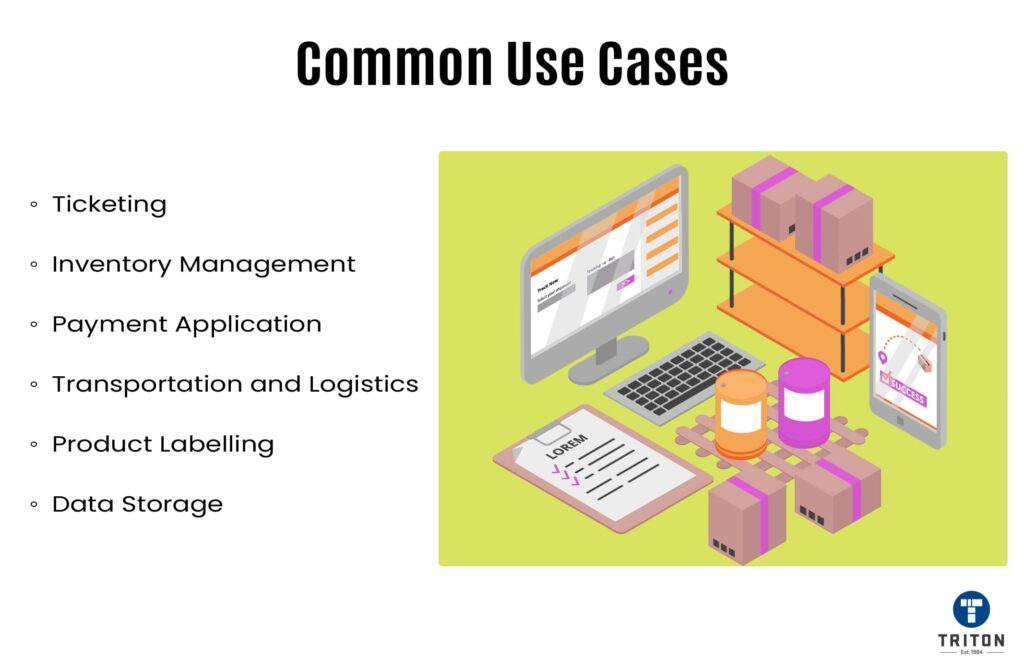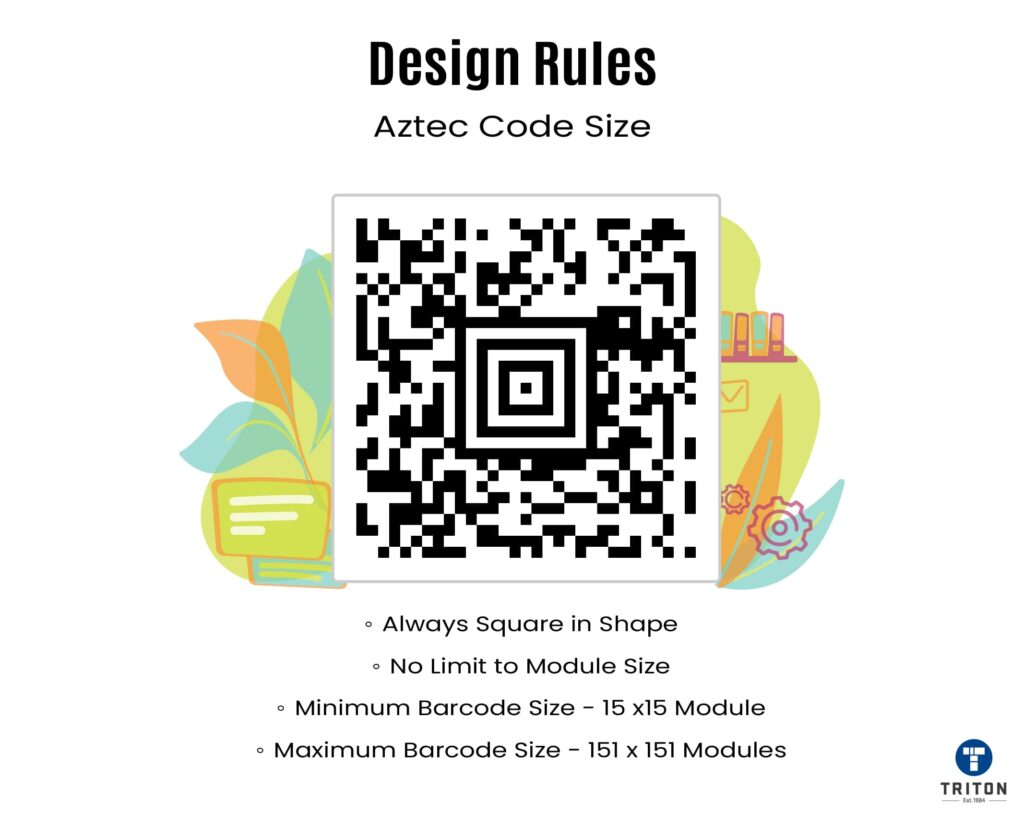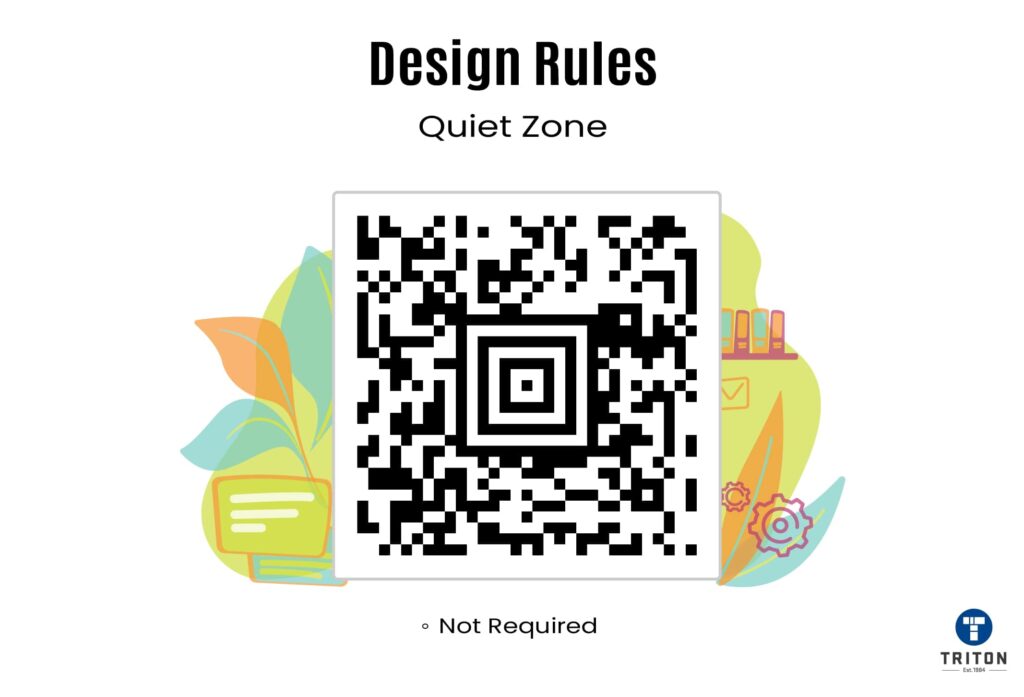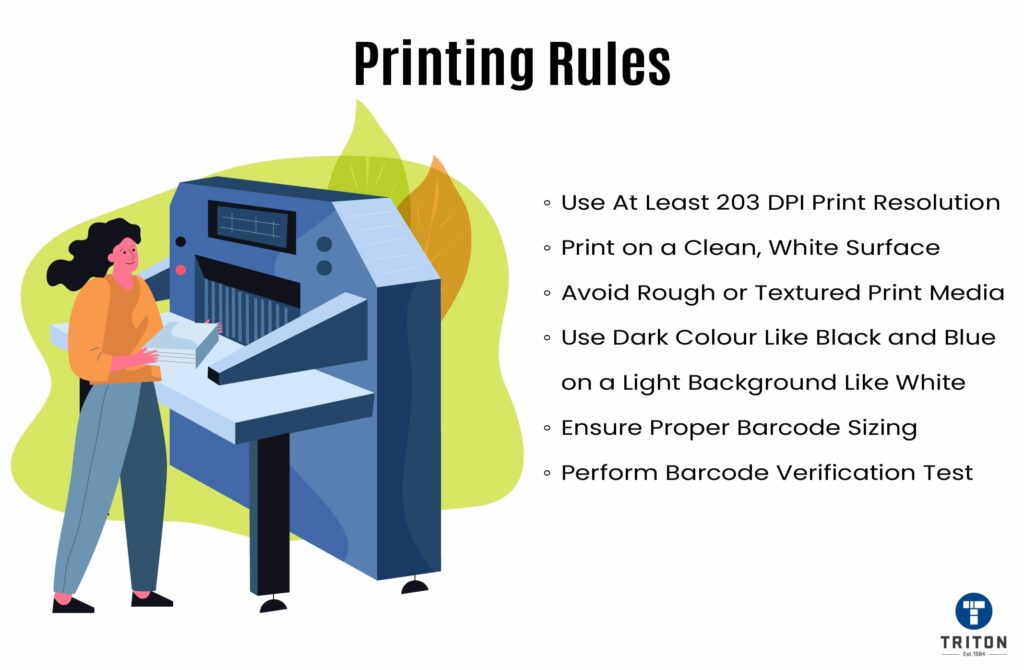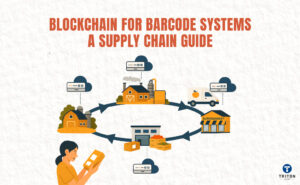Aztec barcodes are public domain, meaning they can be used by anyone without the need for a license or permission. They can be created using free online tools like Aztec Code Generator or specialised software like Seagull Scientific’s BarTender Software. Once generated, the readable codes can be printed and used wherever needed.
Here is a step-by-step process to get an Aztec barcode:
- Determine the information you want to encode in the Aztec barcode. This could be a text, contact information, or any other relevant data.
- Search for a reliable online Aztec barcode generator or download a barcode generation software that supports Aztec codes.
- Enter the desired data into the barcode generator or software. Follow the instructions provided by the tool to specify the type of barcode you want to generate as Aztec.
- Click the “Generate” or “Create Barcode” button to generate the Aztec barcode. The tool will process the data and produce the barcode image.
- Once the barcode is generated, save it to your computer or other device.
- Open the saved barcode image and scan it via a barcode scanner or scanner application to ensure it is scannable and accurately displays the desired information.
When it comes to creating and managing Aztec codes, it’s easy to get lured by the prospect of a free barcode generator. After all, who doesn’t love saving a few bucks?
But before you make that decision, remember that free tools often come with limitations that can greatly restrict your ability to customise and optimise your codes. Plus, without proper security measures or customer support, you’ll be left to handle any issues that arise on your own.
Therefore, it is always recommended to use a professional Aztec code generator to create robust and reliable barcodes that can be used in various scenarios. One software that offers a comprehensive barcode generator solution is Seagull Scientific’s BarTender software.
BarTender software is a powerful tool for businesses looking to elevate their labelling and printing game. Its versatile capabilities allow users to create custom labels that showcase their products in the best light possible. Whether it’s adding images, texts, barcodes, or RFID tags, BarTender can handle it all.
But that’s not all – this software also streamlines and automates the entire labelling and printing process, reducing the chances of human error and saving businesses both time and money. The BarTender software can create the following types of Aztec barcodes.
- Full Aztec code
- Aztec Rune code
At Triton, we are proud to be a trusted provider of Seagull Scientific’s BarTender Software. With four different editions to choose from – Starter Edition, Professional Edition, Automation Edition and Enterprise Edition – there is a package that is perfect for any business size and need. And now, with the latest BarTender Cloud, you can access the power of the software from anywhere in the world.
Our team of experts is always available to help you navigate the ins and outs of this innovative software, so you can get the most out of it for your business. If you’re interested in learning more about Seagull Scientific BarTender Software, contact us today via our live chat widget or by filling out a form – we can’t wait to hear from you!
